
CR
Fraxinus americana
Meg Staton, UTK
CR
Fraxinus quadrangulata
Meg Staton, UTK
CR
Fraxinus profunda
Jill Wegrzyn, UConn
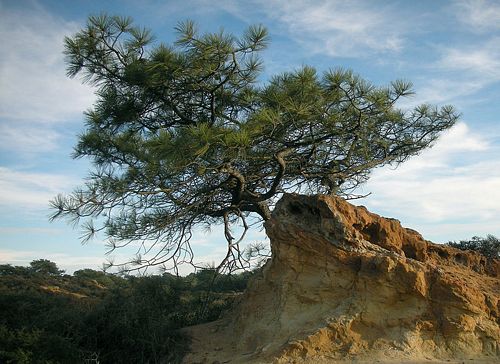
CR
Pinus torreyana
Jill Wegrzyn and Jill Hamilton, UConn

CR
Torreya taxifolia
Jill Wegrzyn, UConn
CR
Ara rubrogenys
Taylor Hains, UChicago
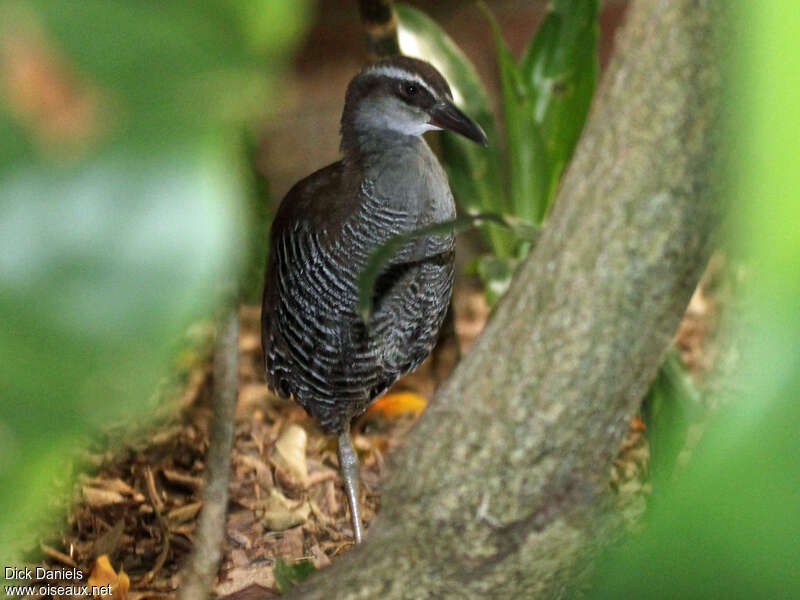
CR
Hypotaenidia owstoni
Klaus-Peter Koepfli, NZP

CR
Ara glaucogularis
Taylor Hains, UChicago

EW
Oryx dammah
Klaus-Peter Koepfli, NZP
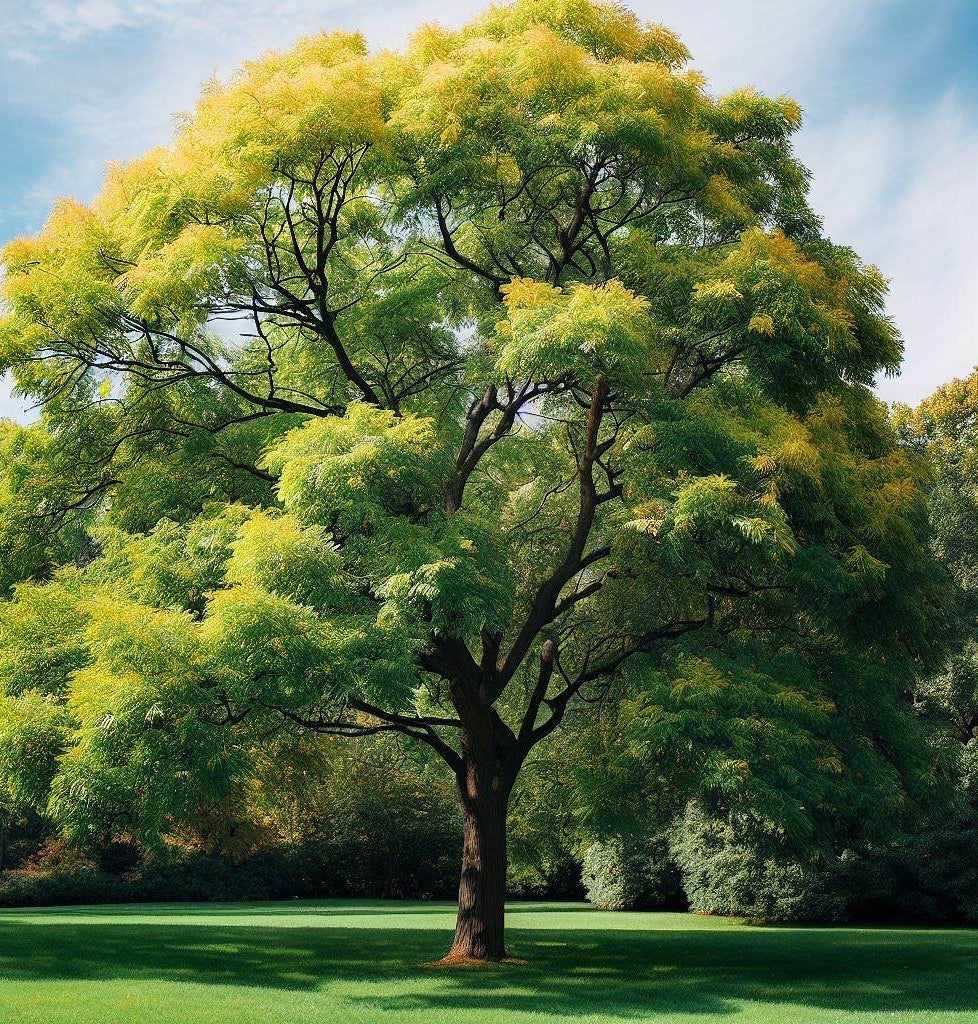
CR
Fraxinus pennsylvanica
Meg Staton, UTK

CR
Ara ambiguus
Taylor Hains, UChicago

CR
Cacatua haematuropygia
Taylor Hains, UChicago

CR
Fraxinus nigra
Meg Staton, UTK

CR
Cacatua citrinocristata
Taylor Hains, UChicago
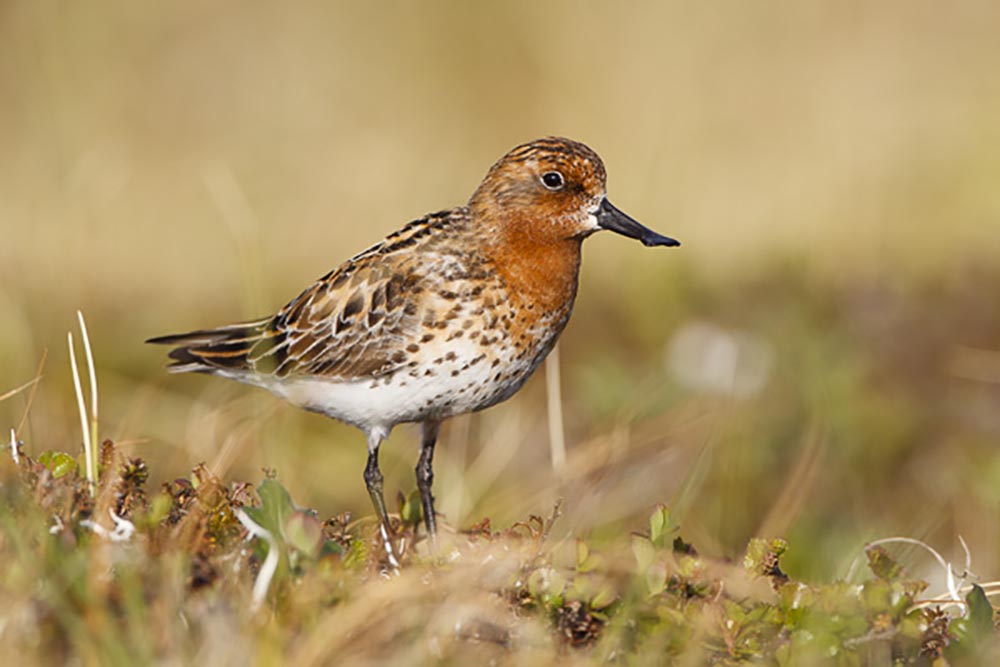
CR
Calidris pygmaea
Taylor Hains, UChicago
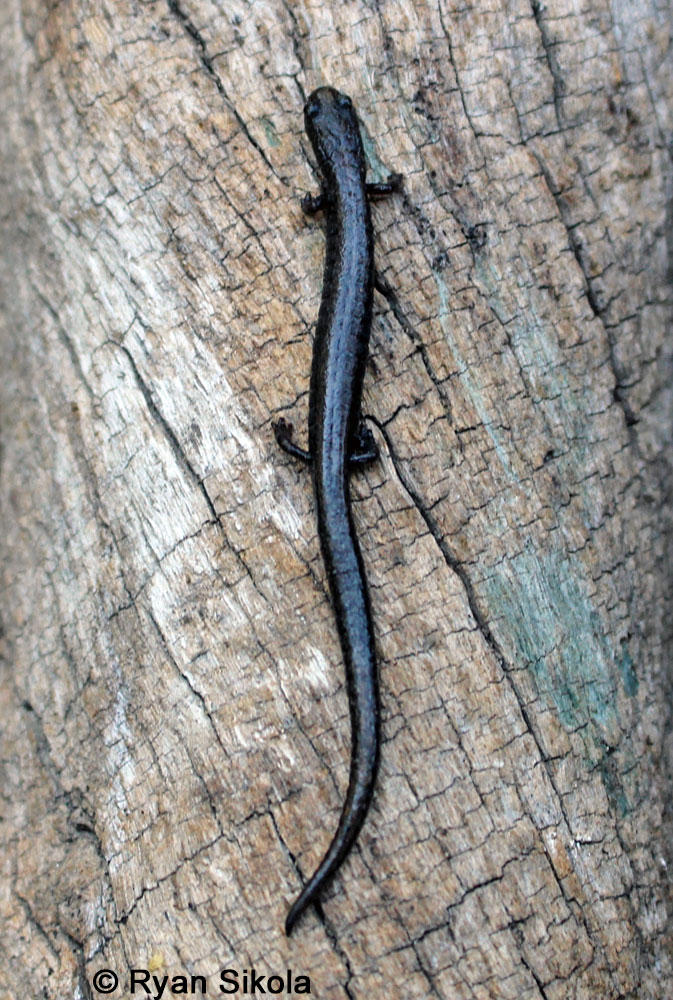
CR
Batrachoseps relictus
Jill Wegrzyn, UConn

EN
Juglans cinerea
Jill Wegrzyn, UConn
CR
Amazona vittata
Juan C. Martinez-Cruzado, UPR-Mayaguez

Juglans ailantifolia
Jill Wegrzyn, UConn

EN
Madrepora oculata
Michelle Neitzey, UConn
Student-Led Assemblies
2023-2024:
Juglans ailantifolia (Japanese walnut) |
Juglans ailantifolia, commonly referred to as Japanese walnut or Japanese heartnut, belongs to the walnut family and is native to Japan, Korea, and China. It is recognized for its unique heart-shaped nuts and ornamental value. Unlike its North American cousin, Juglans cinerea, which faces endangerment due to the devastating effects of the invasive fungus Sirococcus clavigignenti-juglandacearum (SCJ) causing butternut canker, Juglans ailantifolia has been found to exhibit some resistance to this destructive pathogen.
Sequencing Method: Oxford Nanopore |
Fraxinus profunda (pumpkin ash) |
Pumpkin Ash (Fraxinus profunda) is listed as a critically endangered species by the International Union for Conservation of Nature (IUCN), threatened mainly by the Emerald Ash Borer pest spreading rapidly throughout North America. Sequencing of DNA and high quality genome assembly can provide useful information that can improve conservation efforts and support breeding programs. Due to varying resistance to emerald ash borer across ash species, assembling and annotation of a reference genome for each species can help conservation efforts to answer a range of questions and provide genetic information about the species, disease risk, or evolution.
Sequencing Method: Oxford Nanopore |
2022-2023:
Juglans cinerea (butternut)
|
Juglans cinerea, commonly known as butternut or white walnut, is a member of the walnut family, native to Eastern United States and Southeastern Canada. The species is currently listed as endangered on the IUCN Red List due to an invasive fungus known as Sirococcus clavigignenti-juglandacearum (SCJ) that causes butternut canker. SCJ creates visible sores on the trunks of the tree which essentially starves and slowly kills the tree. Natural resistance to this pathogen is thought to be rare and resistance has only been confirmed in hybrids with Juglans ailantifolia. The conservation of butternut is of utmost priority due to its critical ecosystem role and cultural significance.
Publication: https://doi.org/10.1093/g3journal/jkad189 Sequencing Method: Oxford Nanopore |